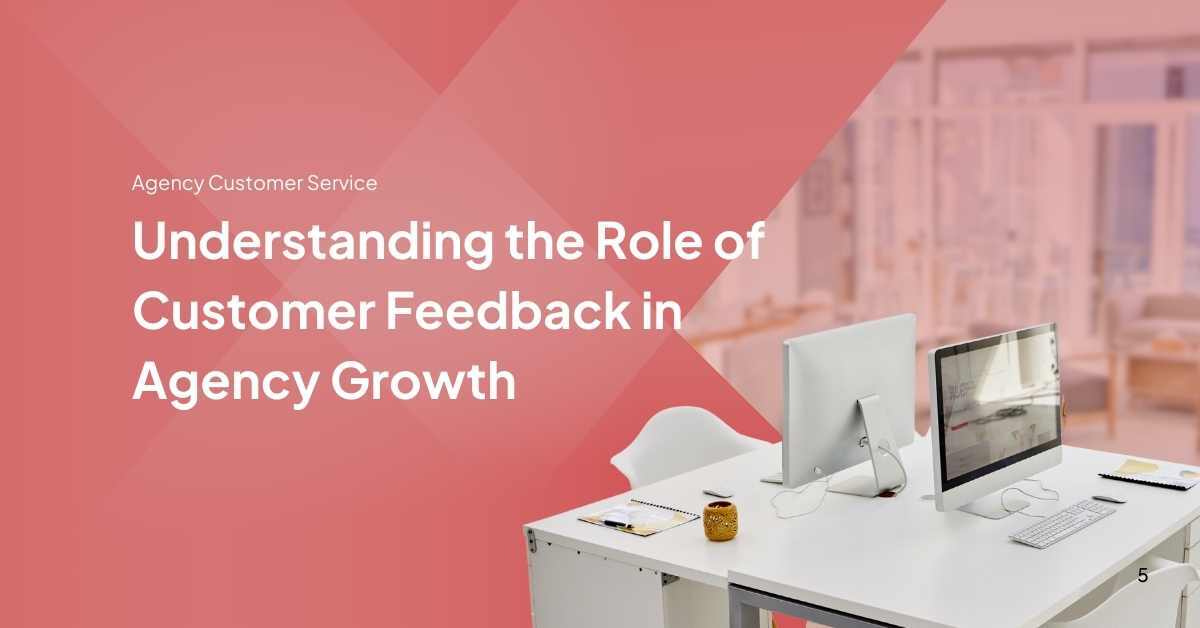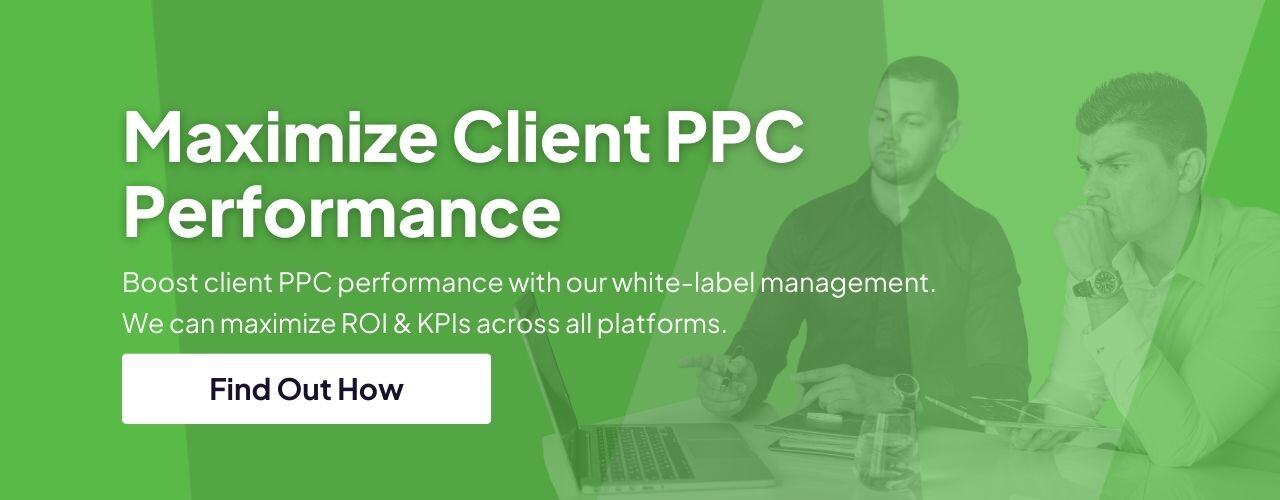Customer feedback isn't just a post-project formality. It’s a vital tool that agencies can use to unlock sustainable growth, strengthen client relationships, and sharpen their service offerings. In an increasingly competitive landscape, understanding what your clients think — and acting on it — can be the edge that sets your agency apart.
With platforms like HubSpot, capturing, organizing, and responding to feedback is easier and more powerful than ever. If you’re ready to turn insights into action, Meticulosity’s Agency HubSpot Support can help you implement the right tools and workflows to scale smarter.
Why Feedback is a Strategic Advantage for Agencies
Customer feedback does more than reflect satisfaction levels. It provides a direct line to your clients' evolving expectations and experiences. Agencies that actively listen and adjust based on this input are more agile, more innovative, and more likely to retain their clients long-term.
Revealing Strengths and Weaknesses
Feedback highlights what’s working well — and what’s falling short. It helps you spot patterns across client engagements, identify recurring friction points, and uncover strengths that you can turn into key differentiators. Whether it’s communication delays, unmet expectations, or unexpected praise, these insights are foundational to refining your processes.
Strengthening Client Trust and Engagement
When clients are asked for feedback and can see that their input results in change, it fosters trust. They feel heard and valued. This builds deeper engagement and creates a partnership dynamic rather than a transactional one. Engaged clients are more likely to stick with your agency and even refer others.
Fueling Service Innovation
Innovation doesn’t always come from inside your agency. Often, your clients’ pain points and suggestions provide the clearest roadmap for what services to improve, what new offerings to develop, and where to pivot next. Listening to the people who use your services can lead to smarter, more relevant solutions.
Increasing Retention and Revenue
Understanding your client experience is the first step toward improving it. Feedback helps you reduce churn by addressing dissatisfaction early. It also uncovers upsell opportunities by revealing what else your clients might need — even before they ask for it.
What Kind of Feedback Should You Be Collecting?
Not all feedback carries the same weight, and understanding the different types can help you collect and prioritize insights more effectively.
Transactional Feedback
This is feedback collected at specific milestones — such as after a project launch, campaign delivery, or onboarding. It helps measure satisfaction with a particular experience or touchpoint.
Relationship Feedback
This type of feedback evaluates the overall relationship health between your agency and the client. It includes broader sentiments about communication, results, trust, and long-term alignment.

Net Promoter Score (NPS)
NPS measures how likely a client is to recommend your agency. It’s a simple but powerful metric that gives you a snapshot of client loyalty and satisfaction.
Open-Ended Client Comments
Don’t underestimate the value of unstructured feedback that comes through emails, meetings, or casual conversations. These comments often reveal emotional undercurrents that structured surveys might miss.
How to Effectively Collect and Analyze Client Feedback
Collecting feedback isn’t just about sending out a form. It’s about building a consistent, thoughtful process that encourages meaningful responses and translates data into action.
Choosing the Right Moments to Ask
Timing matters. Ask for feedback after a completed deliverable, during quarterly business reviews, or after onboarding. These are natural checkpoints where clients can reflect on their experience and offer constructive input.

Designing Effective Feedback Requests
Keep surveys short, relevant, and focused on actionable areas. Include open-ended questions to allow clients to express concerns or suggestions in their own words. If anonymity encourages more honesty, consider providing that option.
Organizing and Interpreting the Data
Once collected, feedback should be categorized to reveal trends. Look for common themes across projects, client types, or time periods. Are delays a recurring issue? Is there praise for a particular team member? Organizing this data is key to seeing the bigger picture.
Using HubSpot to Streamline Your Feedback Strategy
HubSpot offers a suite of tools that can make feedback collection and management far more efficient for agencies.
Custom Feedback Forms and Surveys
HubSpot’s form builder allows you to create branded, customizable surveys that can be embedded on your website or sent via email. You can collect everything from NPS scores to detailed service feedback.
Automated Workflows
With HubSpot’s automation features, you can trigger surveys at key points in the client journey — such as after onboarding or project completion. You can also automate follow-ups based on certain responses, like notifying a customer success manager when a client submits negative feedback.
Feedback Tracking and Tagging
You can use custom properties and segmentation in HubSpot to categorize feedback by project type, sentiment, or urgency. This helps your team identify trends and respond strategically.
Dashboard Reporting
HubSpot’s dashboards allow you to visualize feedback trends over time. Whether you're tracking CSAT scores or NPS, you can measure how client satisfaction evolves as you implement changes.
Turning Feedback into Action
Feedback is only valuable if it leads to meaningful changes. Creating a feedback loop means not just collecting insights but using them to inform decisions — and letting your clients know you’ve heard them.
Prioritize Based on Impact
Not all feedback needs immediate action, but the most common or high-impact items should be addressed first. Group similar feedback together to identify priority areas for improvement.
Implement and Communicate Change
Whether you're refining your onboarding process or adjusting communication protocols, let your clients know when changes have been made as a result of their input. This shows that their feedback matters and strengthens the relationship.
Make Feedback a Cultural Priority
Encourage your team to view feedback as a growth tool, not criticism. Review key themes in team meetings, include feedback insights in retrospectives, and celebrate improvements that came from client suggestions.
Conclusion
Customer feedback isn’t just a measure of past performance — it’s a blueprint for future growth. For agencies that want to scale, retain top-tier clients, and stay competitive, listening to and acting on client input is non-negotiable.
With HubSpot, collecting and leveraging feedback becomes easier, more consistent, and far more impactful. If you're ready to build a smarter, feedback-driven growth strategy, Meticulosity’s Agency HubSpot Support can help you implement the tools and workflows you need to turn client insights into long-term success.
Frequently Asked Questions
1. How often should agencies collect client feedback?
It depends on your client engagement cycle, but a good rule of thumb is to gather transactional feedback after major deliverables and relationship feedback at least quarterly. Annual reviews can also provide high-level insights into the health of the partnership.
2. What’s the best way to request feedback without being intrusive?
Timing is key. Align feedback requests with natural project milestones and keep the surveys short and focused. Let clients know that their responses will be used to improve their experience.
3. What should agencies do with negative feedback?
View it as an opportunity. Respond quickly, acknowledge the issue, and address it where possible. Negative feedback often highlights the areas of greatest potential for growth.
4. Is HubSpot a good tool for small agencies?
Yes. Even small agencies can benefit from HubSpot’s automation, form builders, and reporting tools. It scales with your needs and offers real-time insights into client satisfaction.
5. How can agencies track the ROI of feedback initiatives?
Measure changes in client retention, upsell rates, average project value, and satisfaction scores over time. You can also track internal metrics like improved project timelines or reduced revisions based on client input.







